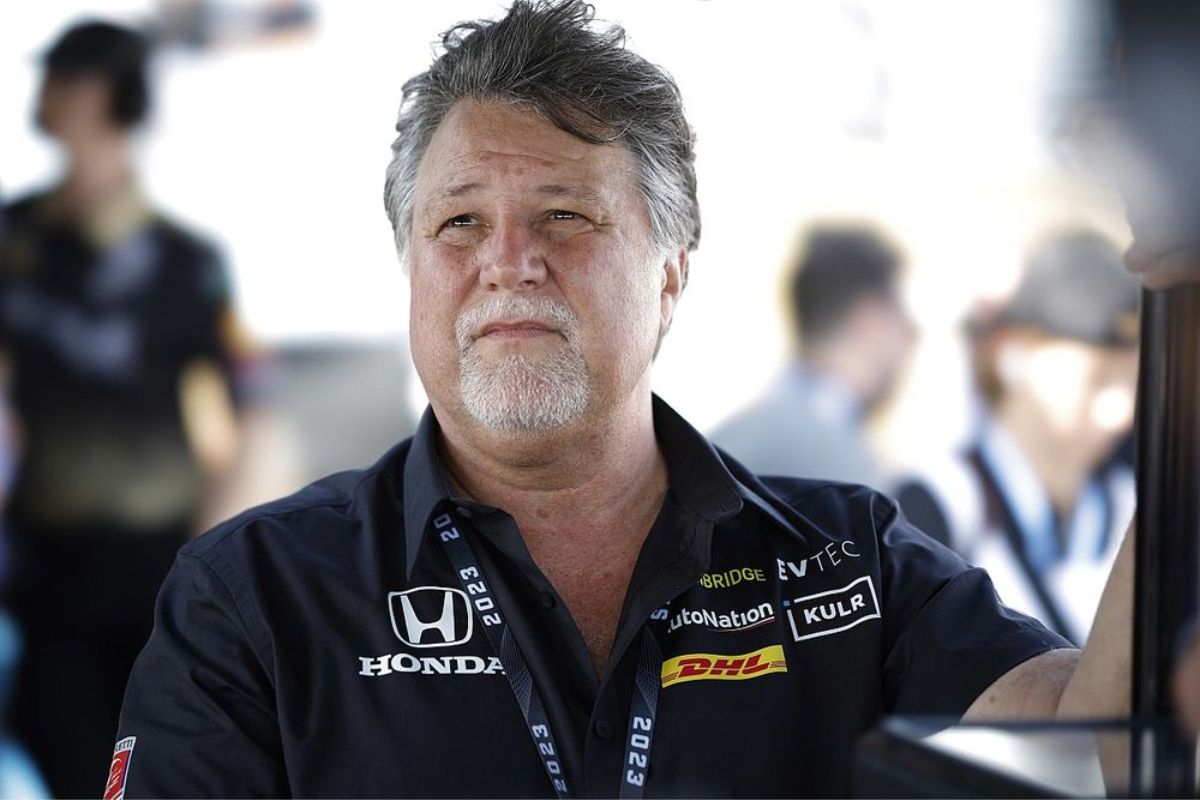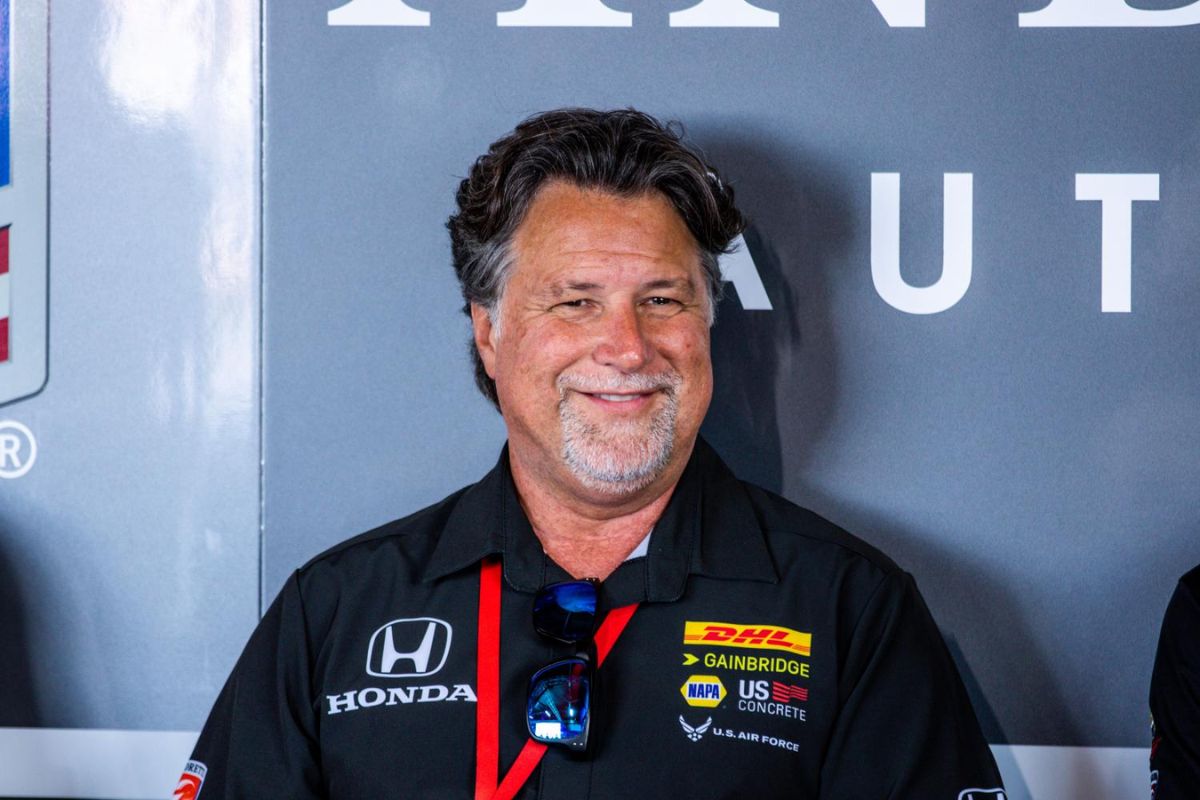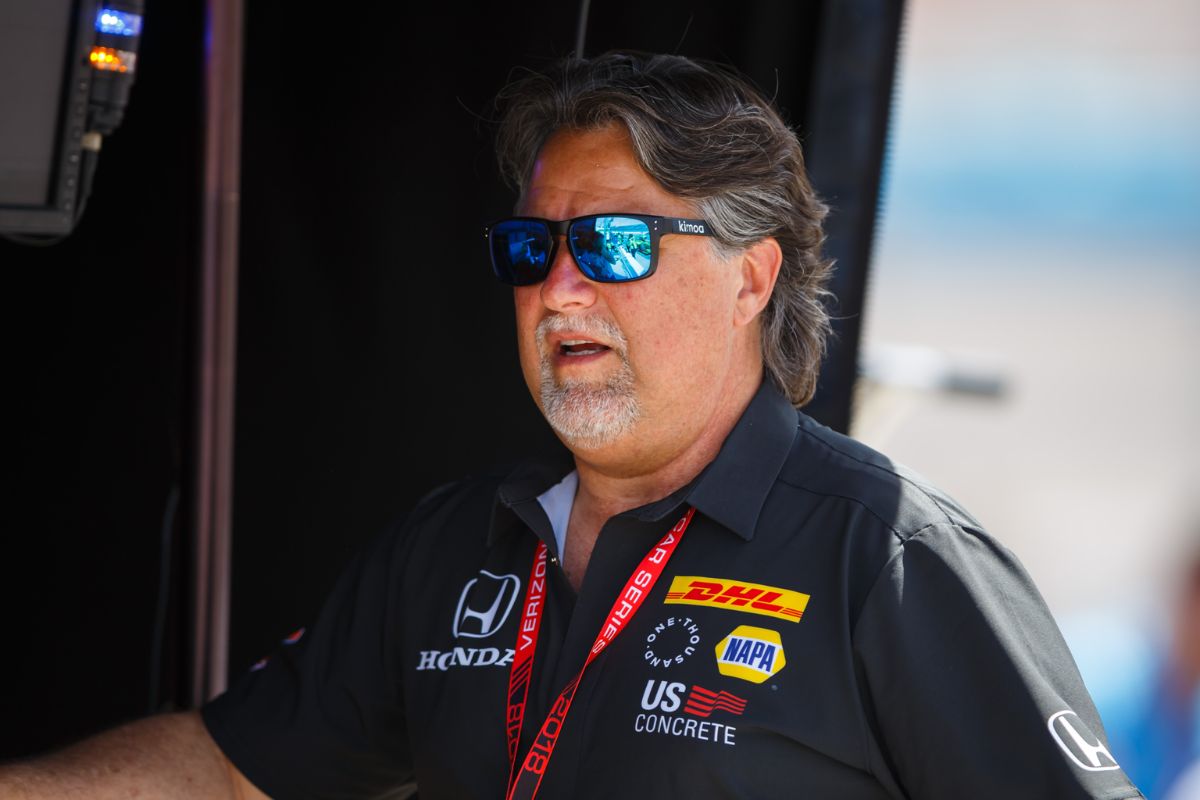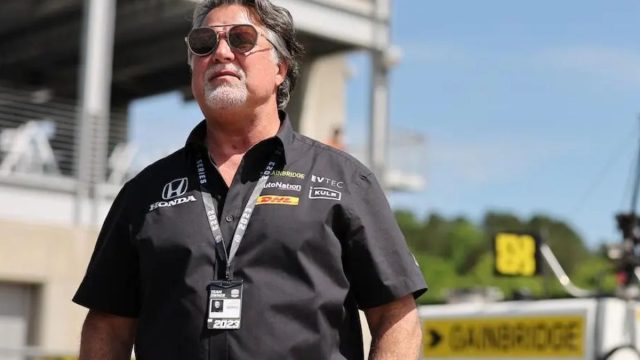Michael Andretti Blames NASCAR: Michael Andretti’s critique of NASCAR’s involvement at the Indianapolis Motor Speedway opens a complex debate on the between traditional motorsport disciplines and the evolving landscape of American auto racing. His contention that NASCAR’s presence has eroded the core identity and competitive landscape of IndyCar not only reflects a clash of cultures but also raises questions about the strategic decisions impacting the sport’s integrity and appeal.
Key Takeaways
- Michael Andretti criticized NASCAR’s entry into Indianapolis Motor Speedway, fearing dilution of IndyCar’s heritage.
- He expressed concerns over shifting media focus and sponsorship from IndyCar to NASCAR.
- Andretti believes NASCAR’s presence has impacted IndyCar’s financial and competitive health adversely.
- The crossover of drivers and audiences between the two sports complicates brand loyalty and differentiation for IndyCar.
- He views NASCAR’s robust marketing strategies as intensifying competition, affecting IndyCar’s market position.
NASCAR’s Influence on IndyCar Racing
The introduction of NASCAR to the Indianapolis Motor Speedway in 1994 marked a pivotal shift in the landscape of motorsports, greatly impacting the operations and visibility of IndyCar races. Historically, the Speedway had been a bastion for open-wheel racing, with a rich tradition that dates back to its opening in 1911. The inclusion of NASCAR, a distinctly different motorsport with its stock car racing format, introduced new dynamics to the track that were previously unexplored.
This integration posed significant operational challenges. IndyCar and NASCAR differ fundamentally in their technical specifications and racing styles. IndyCars are built for high speeds with a much lighter chassis and open-wheel design, tailored for the smooth, flat surfaces of a track like Indianapolis. In contrast, NASCAR vehicles are heavier, with a closed-wheel setup that makes them more suited to the varied conditions of oval tracks and road courses that include elevation changes and sharper turns. Adapting the track to accommodate both types of racing required thoughtful changes in infrastructure and track maintenance, ensuring that it met the diverse needs of both sports without compromising the quality of racing.
Moreover, the entry of NASCAR into this historically IndyCar-dominated venue altered the visibility dynamics. With NASCAR’s substantial fanbase and broad appeal, particularly in the American South, its races at the Speedway attracted new demographics, shifting some of the media and sponsorship focus away from IndyCar. This change not only influenced the audience’s engagement levels but also affected the financial and promotional aspects of IndyCar events held at the same venue.

Michael Andretti’s Disapproval of NASCAR’s Entry
Reflecting on the operational and visibility challenges previously discussed, Michael Andretti articulated strong disapproval regarding NASCAR’s introduction at the Indianapolis Motor Speedway, viewing it as the beginning of significant struggles for IndyCar racing. His disapproval stems from a perspective deeply entrenched in the historical and cultural significance of IndyCar at this iconic venue. By introducing NASCAR, Andretti implies a dilution of this heritage, which he believes has directly impacted the traditional fan base and the exclusive appeal of IndyCar events.
Andretti’s critique extends beyond mere nostalgia or resistance to change. It involves a strategic analysis of motorsports marketing and the allocation of resources. He suggests that the entry of NASCAR into this space created a shift in the focus of media coverage and sponsorship. This shift, according to Andretti, diverted crucial visibility from IndyCar, which had previously enjoyed undivided attention at one of auto racing’s most hallowed grounds. This redistribution not only split the fan base but also potentially redirected financial flows critical for the growth and sustainability of the IndyCar series.
“And then that, you know, obviously it, it just about killed IndyCar racing, you know, with the two series.” – andretti
Shared Drivers and Audience Dynamics
IndyCar’s challenge of maintaining a distinct competitive identity intensifies with the crossover of drivers who also compete in NASCAR races, exemplified by figures such as Kyle Larson. This intermingling of talent pools raises significant concerns regarding brand differentiation and audience loyalty. While the shared driver strategy can improve individual driver visibility and potentially attract NASCAR fans to IndyCar events, it simultaneously risks diluting the unique appeal that IndyCar historically cultivated.
The remarks by Kenny Wallace throw some light on the complexities of this crossover. His discomfort with seeing drivers fluctuate between the two circuits suggests a broader sentiment among fans and stakeholders who desire exclusivity in their sporting experiences. This crossover not only impacts fan perceptions but also influences the strategic marketing efforts of IndyCar. Competing in NASCAR, with its larger viewer base, offers drivers increased exposure but can overshadow the IndyCar brand, which is still working to expand its audience.
“I didn’t like to see some of the drivers over here, some of the drivers over here.” – Kenny Wallace
Moreover, the shared audience dynamics between these motorsports are equally intricate. NASCAR’s longstanding cultural imprint and broader appeal present a formidable challenge for IndyCar in capturing and retaining a dedicated fanbase. The influx of NASCAR fans into IndyCar races might increase short-term attendance figures but doesn’t necessarily translate into long-term loyalty unless IndyCar can offer a distinct and compelling value proposition.

Michael Andretti’s Neutral Stance on Roger Penske’s Role
Amid discussions about the future of IndyCar and its venues, Michael Andretti offered a cautiously neutral perspective on Roger Penske’s stewardship of the Indianapolis Motor Speedway. His response to Kenny Wallace’s inquiry reflected a balanced view, acknowledging Penske’s contributions yet hinting at broader issues within the sport that might require attention. This stance suggests an intricate understanding of the dynamics at play, beyond mere surface-level improvements at the Speedway.
Andretti’s acknowledgment of Penske’s role as a key player in the upliftment of the iconic venue indicates an appreciation of the business acumen and strategic investments brought to the table since Penske’s acquisition in 2019. His careful phrasing, however, also opens up a discourse on potential areas outside the Speedway that could benefit from similar enhancements or forward-thinking strategies.
“It’s a tough question. Okay, that’s all. Roger loves the Speedway. That’s everything to him. And I guess when it comes to the Speedway itself, I think Roger’s done a lot of really good things. And, you know, I think it’s more the series that I think needs more help to help raise the 500 as well. But, yeah, I don’t know. I don’t know if it’s in a better spot or not. I mean, I know Roger’s, you know, got a lot of things he wants to do yet with it and stuff, which I hope..happens.” – Andretti
The Complexity of IndyCar’s Challenges
The challenges facing IndyCar are multifaceted, stemming not only from internal dynamics but also from external pressures such as the growing prominence of NASCAR. The competition for media attention, sponsorships, and audience engagement is intensified by NASCAR’s robust marketing and its broad, loyal fanbase. This external pressure is compounded by the inherent complexities within IndyCar itself, including technological advancements, regulatory changes, and the global nature of its talent pool.
Internally, IndyCar grapples with maintaining state-of-the-art technological standards while ensuring competitive parity among teams. The introduction of new technologies can be a double-edged sword: while potentially enhancing the sport’s appeal, they require significant investment from teams, which can exacerbate financial disparities. This technological arms race necessitates continuous updates in regulations to maintain fairness, adding another layer of complexity to the sport’s governance.
Moreover, the international diversity of drivers and teams brings rich cultural dimensions but also logistical and regulatory challenges. Coordinating such a varied array of participants demands meticulous planning and adaptability, particularly in a global sporting landscape that is increasingly interconnected yet also susceptible to geopolitical fluctuations.

News in Brief: Michael Andretti Blames NASCAR
Michael Andretti’s critique of NASCAR’s integration into the Indianapolis Motor Speedway represents broader tensions within motorsports. The encroachment of NASCAR is perceived as undermining IndyCar’s unique heritage and market position, manifesting in altered media attention and sponsorship dynamics. This scenario underscores the intricate challenges faced by IndyCar in preserving its identity and fanbase amid increasing competitive pressures. Andretti’s perspective highlights the strategic complexities in safeguarding the legacy and viability of traditional racing disciplines.
Our Reader’s Queries
Q: When did Mario Andretti stop racing?
A: Mario Andretti became the second American to clinch the Formula One world driving championship in 1978, following Phil Hill’s 1961 victory. He retired from competition in 1994.
Q: Did Mario Andretti ever win a NASCAR race?
A: Andretti stands among the most accomplished drivers in motorsports history, having won races in Formula One, IndyCar, the World Sportscar Championship, and NASCAR, a feat only two others have achieved. He’s also triumphed in midget car and sprint car racing.
Also Read: Marco Andretti Cleared of COTA Controversy by Dale Jr.
